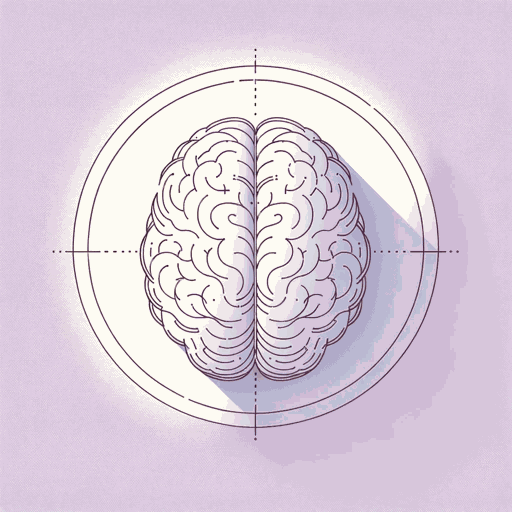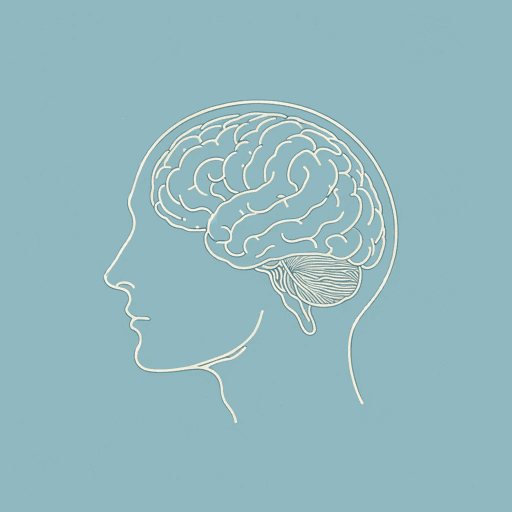56 pages • 1 hour read
David HumeA Treatise of Human Nature
Nonfiction | Book | Adult | Published in 1739A modern alternative to SparkNotes and CliffsNotes, SuperSummary offers high-quality Study Guides with detailed chapter summaries and analysis of major themes, characters, and more.
Important Quotes
“When I shut my eyes and think of my chamber, the ideas I form are exact representations of the impressions I felt; nor is there any circumstance of the one, which is not to be found in the other. In running over my other perceptions, I find still the same resemblance and representation. Ideas and impressions appear always to correspond to each other.”
(Book 1, Part 1, Page 50)
Part of Hume’s empiricism is demonstration through experience. Here, Hume uses a very basic idea—looking at his surrounding environment—to define his definition of ideas and impressions and how ideas come out of impressions.
“Now since all ideas are deriv’d from impressions, and are nothing but copies and representations of them, whatever is true of the one must be ackowledg’d concerning the other. Impressions and ideas differ only in their strength and vivacity.”
(Book 1, Part 1, Page 66)
This is where Hume lays out the definitions of impressions and ideas and what the differences between the two are. Also, Hume introduces what would prove to be a common theme in A Treatise of Human Nature, which is how ideas and impressions are judged by their strength or what Hume calls “vivacity.”
“Wherever ideas are adequate representations of objects, the relations, contradictions and agreements of the ideas are all applicable to the objects; and this we may in general observe to be the foundation of all human knowledge.”
(Book 1, Part 2, Page 78)
If Hume lays out the thesis for A Treatise of Human Nature anywhere, it is with this passage. This passage serves as a definition for empiricism in general: that our knowledge is derived from the information we gain from our senses and direct observation.
Related Titles
By David Hume




